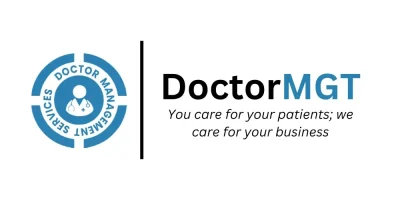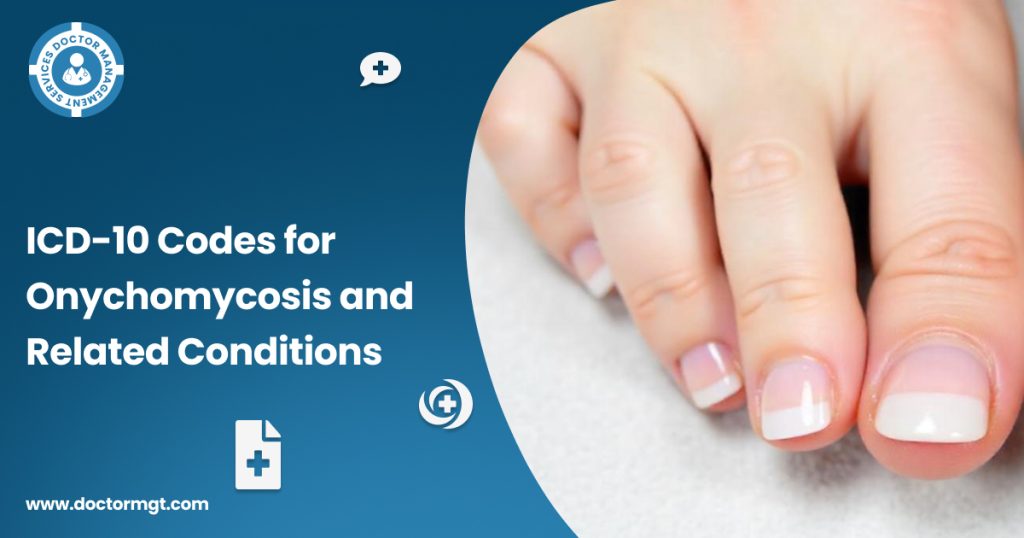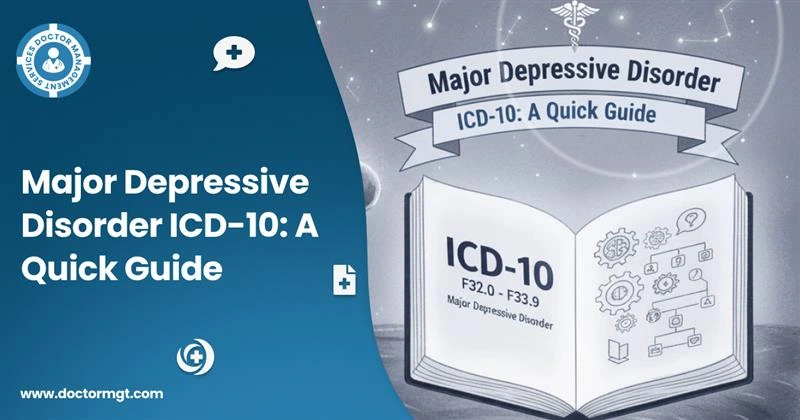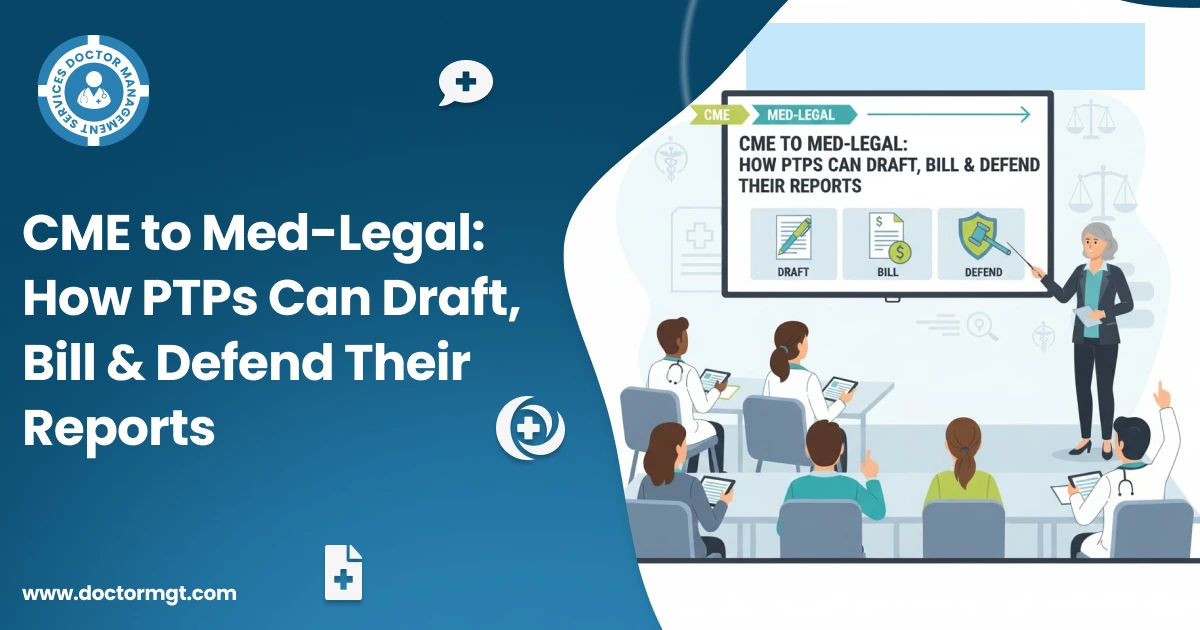ICD-10 codes are a cornerstone in medical records and billing. It assists healthcare providers to streamline the process and ensures its precision. Without ICD-10 codes, patient care efficiency and administrative work are challenging to maintain. Dermatological skin conditions, like onychomycosis, would be difficult to diagnose and treat without these advancements.
Additionally, understanding the ICD-10 code for polypharmacy is essential for managing patients with multiple prescriptions effectively. Onychomycosis is a common problem in the medical field. The procedural classification for ICD-10 codes is important for compliance purposes. But it is also crucial to correct billing and better patient outcomes.
This article explains the ICD-10 codes for onychomycosis. It also covers related conditions. It portrays the need for accuracy in coding.
What is Onychomycosis?
Onychomycosis, a common nail disorder, changes the color of the fingernails and/or toenails and makes them thicker. It’s caused by fungi—mostly dermatophytes. But it can also spring from yeast and mold. Because of these facts, the ability to accurately diagnose onychomycosis is vital, as around 50% of all affected nails are found to have it.
For healthcare providers, diagnosis typically involves both clinical evaluation and lab testing, such as nail culture or biopsy. Once confirmed, this needs to be recorded in a standardized manner that both the patient care team and billing department can use unambiguously—and that’s where ICD-10 codes come in handy.
Top ICD-10 Codes for Onychomycosis
ICD-10 classification methods for onychomycosis concentrate on defining the specific clinical manifestations of the fungal infection. The following are the most frequently used ICD-10 codes for recording onychomycosis:
B35.1 – Tinea Unguium
The primary ICD-10 code for tinea unguium, another name for onychomycosis, is B35.1. Dermatophytes are fungi that survive on keratin, so they are a major source of fungal nail infections. This code is applicable in various scenarios where laboratory or clinical findings confirm the diagnosis.
B36.9 – Superficial Mycosis, Unspecified
B36.9 serves as a generic code when the mycotic disease is present but the specific cause is unknown. Although it is less specific than B35.1, it is important in situations where further diagnostic evaluations will occur.
Related ICD-10 Codes to Consider
Other conditions often overlap with onychomycosis or can occur as a result of this fungal infection. However, a detailed description of all these concurrent conditions is necessary for successful patient treatment with service providers.
Here are related ICD-10 codes for healthcare providers they may encounter in clinical practice:
L60.0 – Ingrowing Nail
Another problem that can happen after onychomycosis is an ingrown nail or toenail. This happens when fungal infections change the way the nail grows. Precision diagnosis of this condition supports comprehensive patient management, particularly if surgical intervention is being contemplated.
L60.2 – Onychogryphosis
This code in ICD-10 refers to nails that grow thickly or abnormally in shape. It is frequently associated with onychomycosis, which has been left untreated over a long period of time. You must use L60.2 in addition to the primary fungal infection code in patients whose nails have all but stopped growing.
L60.3 – Nail Dystrophy
When the nails show dystrophic changes like this, the code is L60.3. Use it for cases that are identified as needing more advanced interventions, such as antifungal treatment and nail surgery.
L03.031 – Cellulitis of Toes
Untreated onychomycosis can lead to complications. These complications include cellulitis. L.031 specifically indicates cellulitis in toes that develops because of a fungal infection breaking down the skin barrier.
Why Correct Coding Matters
It is essential to use ICD-10 codes to ease the workflow for medical billing specialists. These professionals use accurate diagnosis codes to file claims and minimize denials. They also ensure proper reimbursement to the provider and facility. Denials or delays in claims impact a healthcare practice’s revenue cycle. These impacts stem from misrepresentation or underreporting of conditions like onychomycosis.
Correct coding is an important part of patient care. It supports providers to clearly communicate with laboratories and specialists. Thus, it is vital in sorting out complex cases that need multidisciplinary collaboration. It also helps document the consistency of data across follow-up visits or future presentations.
Linking Onychomycosis with Broader Healthcare Concerns
Onychomycosis may seem trivial. However, it is often found in patients with chronic medical conditions like diabetes or peripheral vascular disease. Diabetics whose fungal infections go untreated can develop serious complications like ulcers or even require amputations. Proper documentation and coding help capture other factors underlying these conditions.
For example, E11.621 may be used for patients who Have Diabetes Mellitus Type II With Foot Ulcer And Onychomycosis. This helps paint a holistic picture of the patient’s health and enables comprehensive management of their care.
How Does ICD-10 Coding Influence Population Health Data?
ICD-10 coding is not just about online medical billing and coding—it is a valuable source of data for population health management. For example, the overall population rate of onychomycosis shows that the condition affects between 5% and 25% of the population on average.
Healthcare organizations and public health agencies use such coded data to monitor rates. They also use this data to assess treatment effectiveness and optimize resource use. It means providers accurately coding every encounter with patients provides meaningful statistics. These statistics influence health policy, direct research, and fund better patient outcomes.
Documentation Tips for Clinicians
To avoid errors in coding encounter notes to ICD-10, healthcare providers should pay attention to the following aspects of the patient encounter:
- Detailed Clinical Notes: Include a clear description of the affected nails or number of nails and whether they are toe or fingernail, any visible deformities, and associated symptoms like pain or discomfort.
- Laboratory Confirmation: The gold standard for diagnosis and confirmation of a fungal infection, which supports specificity in coding.
- Associated Symptoms: Mention related conditions such as ingrowing nails or cellulitis so that we can code ICD-10 appropriately.
- Differentiating Diagnoses: Correctly decipher any fungal infections and differentiate them from other nail disorders, such as psoriasis or trauma-related changes, to prevent incorrect coding.
Moving Forward with Precise Coding Practices
Understanding how to code onychomycosis correctly is important for healthcare providers. It is important for appropriate patient care and smooth administrative functions. Every detail in how a disorder is described matters in determining what codes to assign; the ICD-10 coding system serves as the standard language to describe ailments that touch each other in clinical and administrative workflows.
As a practicing physician or a student who is currently taking up medical billing and coding online, learning how to document conditions like onychomycosis is a great skill to have. As development evolves and shifts, keeping up with the best practices in coding will sharpen your skill set and keep your workplace in tiptop shape.





